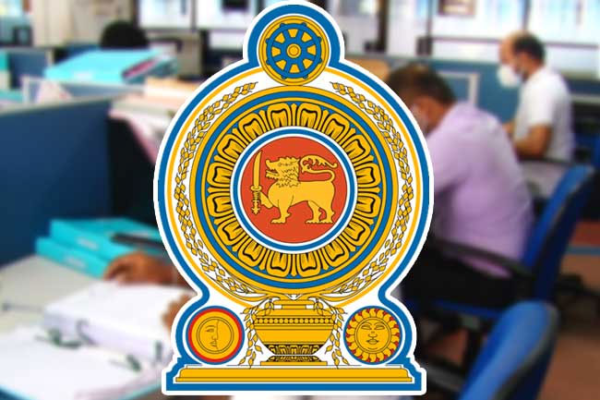ECONOMYNEXT
COLOMBO – Sri Lanka’s banks had done better than initially expected amid stimulus measures and regulatory loosening, Fitch Ratings said though a weak sovereign credit and Coronavirus undermined the operating environment.
Bad loans in Fitch rated banks had fallen to 9.1 percent from 9.7 percent but was expected to grow to 10.5 percent, when regulatory relaxation ended.
State bank loan growth was driven by lending to government linked lending.
“Sri Lankan banks’ performance has been better than Fitch Ratings’ initial expectations, buttressed by support and forbearance measures,” the rating agency said.
“However, we believe risks to performance and the operatingenvironment remain, due to pressures stemming from Covid-19 and the sovereign credit profile.”
Sri Lanka had printed large volumes of money injecting rupee reserves into banks, allowing them to lend money beyond the deposits collected, triggering balance of payments deficits.
The full statement is reproduced below:
Stimulus and Relief Measures Soften Impact of Pandemic
State Banks Drive Credit Growth: Subdued private credit demand and reduced appetite for new lending led to most banks’ 2020 loan growth falling below their historical yoy average across 2017 to 2020.
However, higher state and state-owned entities’ borrowings saw Bank of Ceylon (BOC, AA-(lka)/Stable) and People’s Bank (Sri Lanka) (PB, AA-(lka)/Stable) driving up sector loan growth in 2020 and 1Q21.
Possible resumption in economic activity in 2H21 could lead to moderately higher sector loan growth, depending on the pandemic’s progression.
Asset Quality Better Than Expected: Fitch-rated banks’ aggregate impaired-loan ratio fell marginally to 9.1% in 1Q21 (2020: 9.7%, 2019: 9.5%) as improved economic activity supported borrower repayments.
However, we expect it to deteriorate to around 10.5% by end-2021 as regulatory relief measures are unwound. We estimate at least 18% of Fitch-rated banks’ loans to have been under moratorium at end-2020 (1H20: 26%).
Credit Costs to Remain High: Fitch-rated banks’ operating profit/risk-weighted average (RWA) improved sharply in 1Q21 to 3.9% (2020: 2.3%), driven by the state banks, which benefited from higher loan growth alongside downward deposit repricing.
We expect credit costs for 2021 to be at least as high as in 2020 due to more pronounced asset-quality deterioration, although profitability could rise from further deposit repricing and potentially higher loan growth to around 15%.
State Banks’ Capital Buffers Deteriorating: Pressure on BOC’s and PB’s capital buffers increased alongside rapid loan growth and a higher share of unprovided loans/common equity Tier 1 (CET1), in contrast to peers.
Regulatory relief allowing banks to draw down on their Capital Conservation Buffers helped PB sustain its bank level Tier 1 ratio (end-2020: 9.5%) above its regulatory minimum of 8.5%. Both BOC and PB have opted to boost their Tier 1 capital via Additional Tier 1 issuance.
Adequate Liquidity: Most banks’ 1Q21 loans/customer deposit ratios reversed 2020’s downward trend as loan books expanded, but growth nonetheless remained moderate. The state banks’ liquidity position is weaker than that of their private counterparts, reflecting higher loan growth.
The share of foreign-currency (FC) funding in total funding dipped to 21% by end-2020 (2019: 23%) as FC borrowings fell. We expect banks’ access to FC funding in terms of pricing to remain challenged in 2021.












